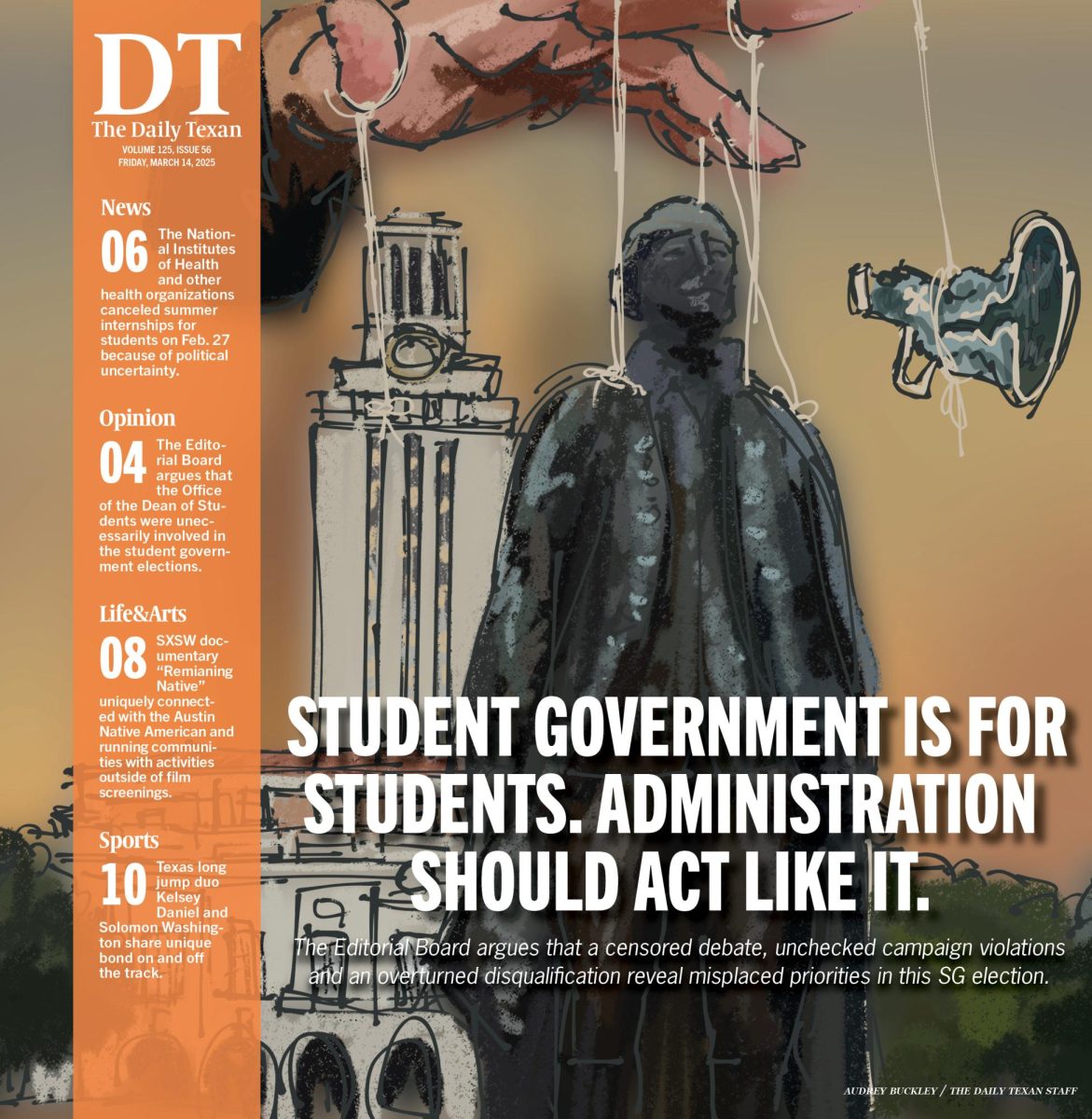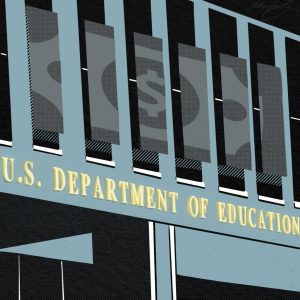UT-Austin College of Natural Sciences unveils 2021 visualizing science competition Winners
April 16, 2021
A team of College of Natural Sciences researchers won the Visualizing Science 2021 competition for their image depicting how cerebellum mutations cause Ataxia-Telangiectasia, a neurodegenerative disorder, in children.
Steven Franklin, communications specialist for CNS who was in charge of overseeing the submission, said the competition allows UT researchers to submit photographs taken as part of their lab research.
“There is creativity that is inherent to scientific discovery that is not always obvious to the general public,” Franklin said. “It’s a great way to showcase that science isn’t analytical, there’s a creative aspect as well.”
The Visualizing Science competition invited all of the CNS staff, faculty and students to submit their best research images to be ranked by a panel of judges with science and art backgrounds. Overall, there were three placed winners and three honorable mentions, plus a Facebook favorite.
Tanya Paull, a professor in molecular genetics and microbiology and head of the winning team, said the image she submitted was of her lab team’s research on A-T.
Paull said the Ataxia-Telangiectasia mutation affects the cerebellum, which is the back of the brain that regulates the body’s movement. When a child has (A-T), they experience problems with movement and balance. The symptoms get progressively worse with age, and there is no cure for the mutation. The Purkinje cell is a neuron in the cerebellum that controls movement and contacts other neurons in the cerebellum, Paull said.
“(A-T) is an autosomal recessive disorder causing kids to have mutations in both copies of their (Ataxia-Telangiectasia Mutated) gene,” Paull said. “It is pretty rare. It’s about 1 in 40,000 to 100,000 live births.”
Nicolette Ender, lab manager for Paull’s Lab, was in charge of collecting the tissue sample and using a complicated technique called immunohistochemistry to collect the image of the tissue sample.
“Essentially (immunohistochemistry) is just sticking tissues together with the combination of antibodies and fluorescent dyes, so that’s the colors you’re seeing,” Ender said. “It’s exciting to get a visual result that you can actually see. It kind of makes (research) more tangible.”
Franklin said they postponed the competition last year due to COVID-19, but were excited to relaunch the competition this year. The competition took place earlier than in past years to coordinate with the Texas Science Festival, Franklin said.












